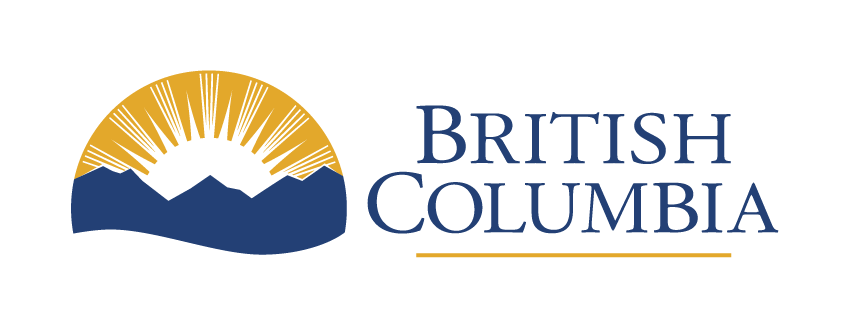Write a business plan
A business plan will help you define your business and show how it can become profitable. Access the templates and information you need to get started.
On this page
Benefits of a business plan
A well structured business plan can help you:
- Define your business
- Start or grow your business
- Show how it will become profitable
Core parts of your business plan
Below are the core parts that you should include in your business plan.
1. Executive summary
Your executive summary should be 1–2 pages long and summarize key points from each section of your business plan. Although the executive summary comes first in your business plan, this section is written after you have completed the other sections.
Include the most important information from each section:
- Business description
- Market research
- Marketing and sales
- Operations
- Financials
If you are using a business plan to get a loan, the final section of the executive summary will be the Ask.
The Ask is where you will state how much money you need and how you will use it.
2. Business description
Provide an overview of the business. This section should include:
- Who owns and runs the business
- What products and services you offer
- Your business values and objectives
- What you’ve done so far
- Your goals for the future
3. Market research
Look at the environment your business will operate in. This section should include:
- An industry overview and trend analysis
- An analysis of your target market
- A review of your competitors
Use facts and figures to support your research. Avoid relying only on personal opinions – cite your sources where possible.
Learn more about conducting market research for additional information.
4. Marketing and sales strategy
Explain how you will attract and keep customers. This section should include:
- A Strengths, Weaknesses, Opportunities and Threats (SWOT) analysis to determine the internal and external factors affecting the business
- How you will communicate to your customers and what messaging you will use
- A pricing strategy and how you will deliver your product or service
- How these strategies meet the needs of your target market
Find out how to create a marketing and sales plan for more guidance.
5. Operations plan
Describe how your products or services get to the marketplace. This section should include:
- A list of the resources you need like location, staffing, equipment and suppliers
- How products are made and services are delivered
- How payments are received
- An outline of company policies
6. Financials
The financials section should include:
- An explanation of the cashflow – what is coming in and going out
- Your sales history, if the business is already operating
- A break-even analysis for the future
- A list of any risks to the business and how you will manage them, including a backup plan
Components of the cashflow forecast include:
- Start-up costs and how these costs will be funded
- 2 years of monthly sales forecasts
7. Additional information
Attach any documents that support your plan, such as:
- Licences and permits
- Agreements or contracts
- Letters of intent
- Other materials
Templates and additional resources
If you are using your business plan to apply for funding, check if the funder has a business plan template for you to use.
- Business plan template (DOCX, 123.2 KB)
- Cashflow forecast template (XLSX, 59.8 KB)
- Sales forecast template (XLSX, 35.6 KB)
- BDC Business Plan Template
